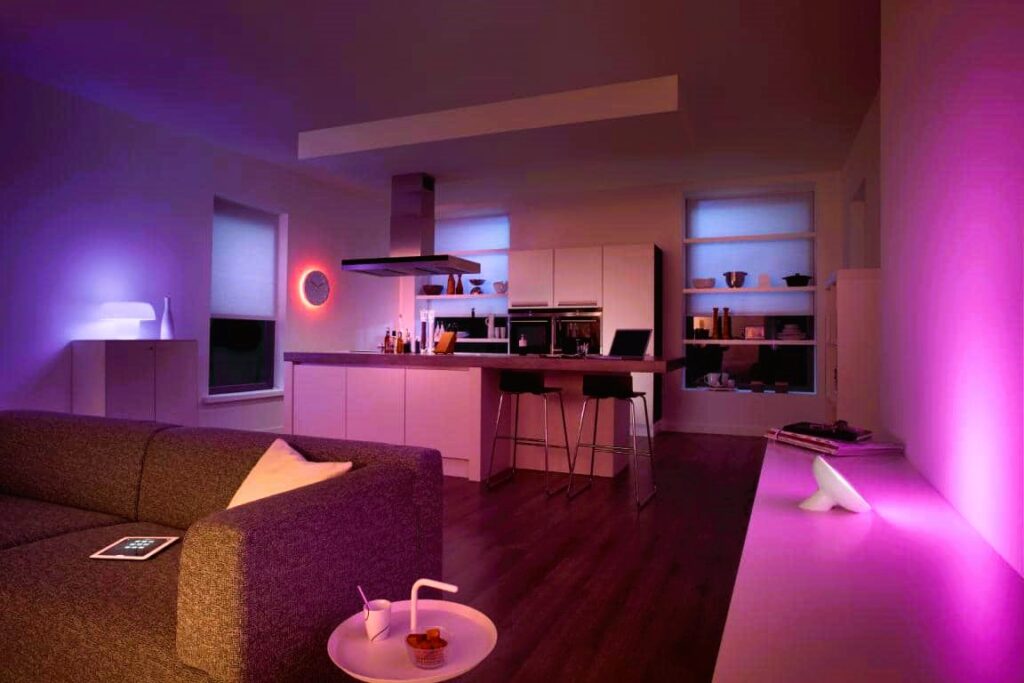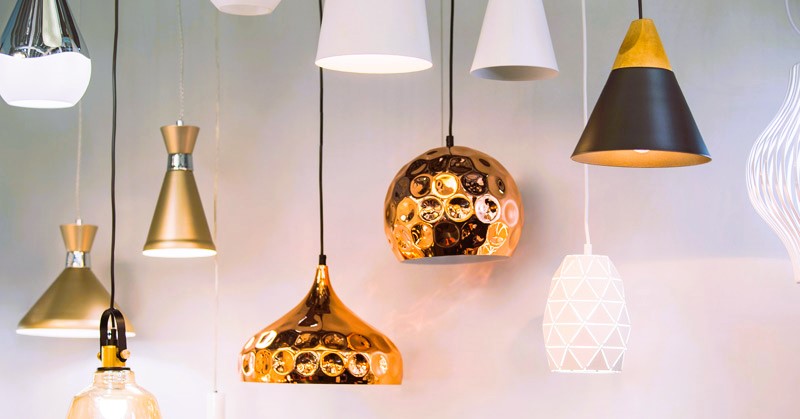Lighting is one of the most essential elements of interior design, and it plays a crucial role in shaping the ambiance and mood of your home. From functional task lighting to ambient illumination, the way you light your living spaces can transform them into cozy retreats, vibrant social hubs, or serene sanctuaries. In this article, we’ll explore the art of home lighting and how it can set the mood in your living spaces.
Understanding the Basics
Before diving into the details of mood lighting, it’s important to understand the basic types of lighting commonly used in homes:
- Ambient Lighting: Also known as general lighting, ambient lighting provides overall illumination for a room. It ensures that the space is well-lit and safe for everyday activities.
- Task Lighting: Task lighting is focused illumination for specific tasks, such as reading, cooking, or working. It provides concentrated light in areas where it’s needed most.
- Accent Lighting: Accent lighting is used to highlight specific objects, artworks, or architectural features in a room. It adds drama and visual interest.
- Decorative Lighting: Decorative lighting fixtures serve both functional and aesthetic purposes. They can be a focal point in a room and contribute to its style and decor.
Setting the Mood

Now, let’s delve into how you can use lighting to set the mood in your home:
1. Warm vs. Cool Light
The color temperature of light can significantly impact the mood of a room. Warm white light (around 2700-3000 Kelvin) creates a cozy and inviting atmosphere, making it ideal for bedrooms and living rooms. Cool white light (3500-4100 Kelvin) is energizing and suits spaces like kitchens and work areas.
2. Dimmers and Controls
Installing dimmer switches gives you the flexibility to adjust the intensity of the light to suit different occasions. Dimming the lights can create a more intimate and relaxed atmosphere, making it perfect for dining or movie nights. Read about home security systems in our article.
3. Layered Lighting
Layering different types of lighting in a room allows you to create depth and versatility. For instance, combine ambient lighting with task lighting and accent lighting to provide options for various activities and moods.
4. Candlelight and Fireplaces
The soft, flickering glow of candlelight or a fireplace can add a romantic and calming ambiance to a room. Use candles or a fireplace to create a warm and intimate atmosphere in your living spaces.
5. Smart Lighting Systems
Smart lighting systems enable you to control the color and intensity of your lights with a smartphone or voice commands. They offer endless possibilities for creating custom lighting scenes and adjusting them to your desired mood.
6. Highlight Art and Decor
Use accent lighting to draw attention to artworks, sculptures, or architectural features. A well-placed spotlight can create a dramatic effect and enhance the visual appeal of your space.
7. Statement Fixtures
Choose statement lighting fixtures that reflect your style and set the tone for the room. Chandeliers, pendant lights, and unique lamps can become focal points and add personality to your home.

8. Outdoor Lighting
Don’t forget about outdoor lighting. Well-placed outdoor lights can enhance the curb appeal of your home and create a welcoming atmosphere for guests.
Resources for Home Lighting Standards
To ensure that your home lighting adheres to Canadian standards and regulations, you can refer to resources such as Wikipedia. These sources can provide guidance on specific standards or requirements related to home lighting in Canada.
In conclusion, home lighting is a powerful tool that allows you to set the mood and create the desired atmosphere in your living spaces. By carefully considering the color temperature, layering different types of lighting, and incorporating smart solutions, you can transform your home into a place that reflects your personality and meets your lighting needs.
